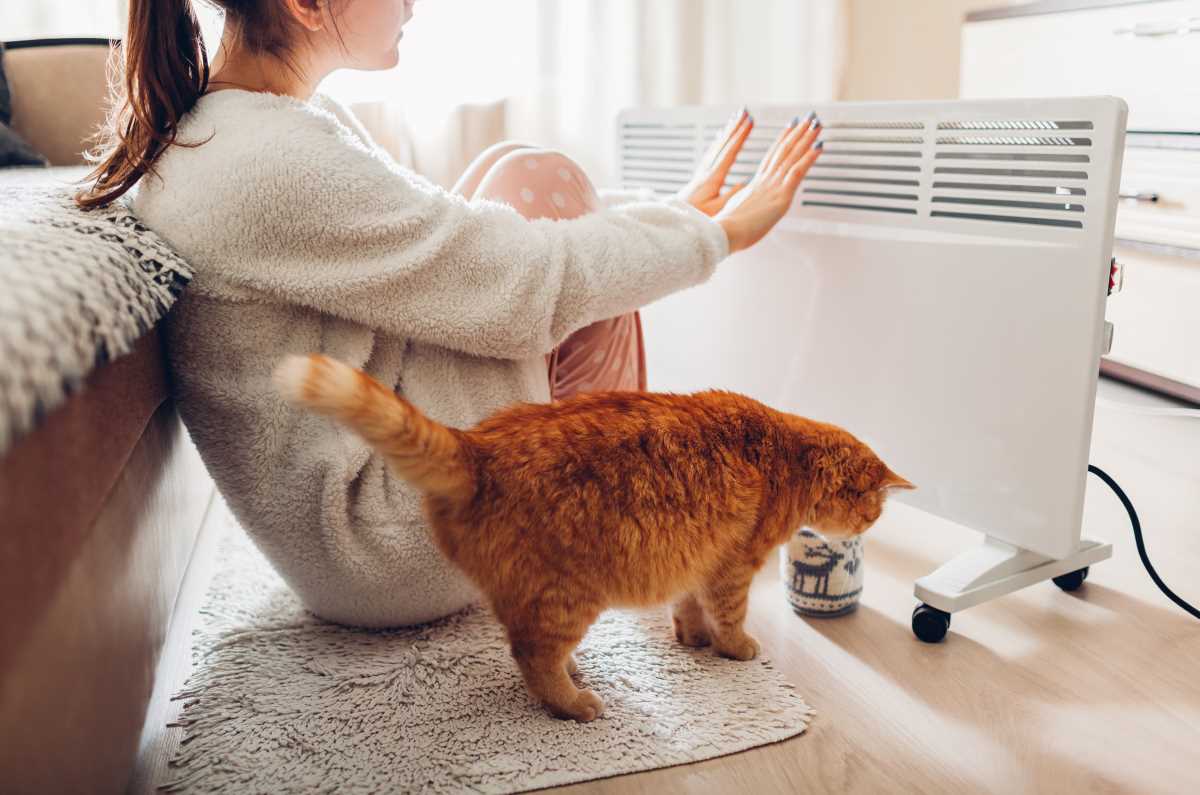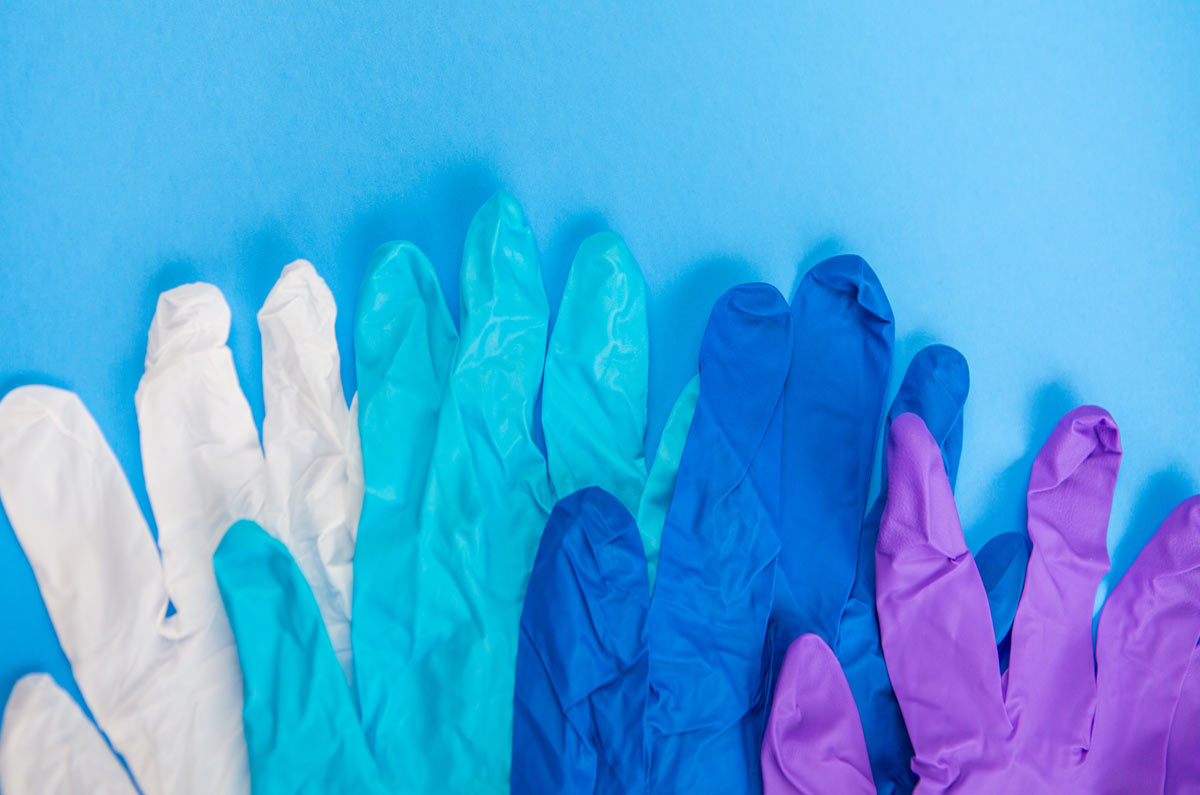….your hands!
Did you know that each of your hands has 27 bones, 27 joints, 34 muscles, and over 100 ligaments and tendons?
They really are amazing, complex and delicate structures. And we often take them for granted – until something happens – we hit our thumb with a hammer, we slam a finger in a drawer or we develop a musculoskeletal condition.
Many conditions such as osteoarthritis and rheumatoid arthritis cause pain, swelling and sometimes disfigurement in hands. Other conditions such as Raynaud’s phenomenon and carpal tunnel syndrome can make your hands painful, and can cause pins and needles, as well as numbness.
For many people who have hand conditions, the colder months can make it worse. Your joints may ache more because of the cold, the constant hand washing can make your skin dry and the use of hand sanitiser (which often has a cooling effect) makes it feel like your fingers are about to drop off.
But there are things you can do to decrease hand pain, deal with the cold and COVID, and make everyday activities easier.
Look after your hands. Inspect them for things such as swelling, nail and skin changes and any changes to the joint shape or direction of fingers and/or thumbs. By being aware of our hands and any changes that occur, you can seek advice sooner and prevent things from getting worse..
Wash and dry your hands regularly and thoroughly. Just as washing with soap and water for at least 20 seconds is necessary to help prevent the spread of germs (including SARS-CoV-2), drying your hands thoroughly is also important. Germs love moisture and thrive in moist places. Drying your hands reduces your chances of spreading or picking up germs when you touch things with damp or wet hands.
Apply a moisturising hand cream regularly to keep your skin healthy and nourished. With our more frequent hand washing and use of hand sanitiser, it’s easy for our hands to become dry and cracked. Cracked skin is an opening for germs to get in and potentially cause an infection. And if you have a condition such as scleroderma or psoriatic arthritis, skin care is an important part of your overall management plan. You may need to use a medicated skin cream, rather than an over-the-counter product. Talk with your doctor or pharmacist for more info.
Use assistive devices if your hands are painful and stiff. They can help if you have difficulty gripping or holding everyday items. Assistive devices such as jar openers, book holders, tap turners, button hook and zipper aids and easy grip utensils can make tasks easier by reducing joint stress and eliminating tight grasps. You may need to speak with an occupational therapist about what equipment is best suited to you. Also check out our online shop. We have some products available to help you with your everyday activities.
See a hand therapist if you have hand/wrist pain or a condition that affects your hands, especially if it’s causing you issues with your day to day activities. Hand therapists are occupational therapists or physiotherapists that have undergone advanced training to become experts in the assessment, diagnosis and treatment of upper limb problems (shoulder to hand). They can provide advice on joint protection and energy conservation (e.g. splints) as well as recommendations for adaptive devices/equipment to improve hand function.
Splints and other supports may be an option. They can give support to a painful joint by providing mild compression, warmth and/or joint protection. There are two main types of hand or wrist splints – resting splints and working splints. The choice of splint will depend on your condition and your current needs. Splints need to fit your hand comfortably and correctly, so speak with a hand therapist about what’s best for you and how often you should wear them.
Exercise your hands, as well as the rest of your body. Regular hand exercises can reduce stiffness and support your joints by keeping your muscles strong. If you’re considering hand exercises, it’s best to get advice from a hand therapist or other specialist as to which exercises are most suitable for you. Exercises should be mild and should not cause you additional pain when you’re doing them. See our Hand information sheet for some basic range of motion exercises.
Wear gloves in the cold weather, especially if you have Raynaud’s phenomenon. Hand warmers are also helpful. If you’re going to the shops for supplies and you have to use hand sanitiser before you enter, be aware that many of them have a cooling effect. This can really aggravate your condition. Having a couple of hand warmers in your pockets can help. You can get disposable hand warmers, or reusable ones. Just remember if you use the reusable ones to thoroughly wash the fabric pouch it’s contained in between uses. They can easily become contaminated, and hygiene is everything during this pandemic.
Also wear gloves when you’re gardening, washing dishes or doing any tasks that have the potential for your hands to get dirty or damaged.
Medications may provide some temporary pain relief, depending on the underlying condition causing the problem in your hand/s. Your doctor may suggest analgesics (pain relievers like paracetamol) as well as nonsteroidal anti-inflammatory medications (NSAIDs) such as ibuprofen. A cortisone injection is generally not recommended for osteoarthritis of the hand, but may be used for rheumatoid arthritis or acute attacks of gout. In conditions such as rheumatoid arthritis you may also be taking disease modifying anti-rheumatic drugs (DMARDs). It’s important to take these medications as prescribed by your doctor.
With conditions such as Raynaud’s, if simple measures like keeping your hands warm hasn’t helped, you may need to be prescribed medications that widen your blood vessels and improve circulation. Talk with your doctor for more info.
Making life easier on your hands
Sometimes simply changing the way you do everyday tasks can reduce pain and protect your joints. You can make life easier on your hands by considering the following:
Listen to your body – pain can serve as a warning sign that your joints are being overworked. Try to find a balance between activity and rest by pacing yourself. Take regular breaks when completing tasks and try not to overdo it on a good day. You might like to try heat or cold packs to help relieve pain. Some people also like to soak their hands in warm water or wrap their hands around a warm mug of tea.
Try to avoid using a tight grip for long periods. For example:
- use foam or sponge to increase the grip size of handles on cutlery, pens and other hand held devices
- use assistive devices with thick rubber grip handles (e.g. key turners, jar openers)
- use rubber squares and gloves to help improve grip
- consider lever handles around your home to minimise any twisting forces (e.g. mixer taps in bathrooms/kitchens).
Avoid repetitive movements. For example:
- prolonged typing, pruning and power tool usage particularly those that vibrate
- when gardening ensure your tools are sharpened and well maintained for ease of use
- if you can’t avoid these repetitive movements, make sure you take regular breaks.
Try to use your body’s larger joints and muscles when you can. For example:
- use your forearms to carry bags instead of your hands
- when carrying items hold them closer to your body
- when lifting heavier items squat and use your thigh muscles.
Spread the load – try to spread the load of an object over more than one joint. For example:
- when picking up objects use two hands
- slide sheets and swivel pads can help move items with less strain
- divide shopping into smaller bags and try using a backpack and/or trolley.
Find an alternative. For example:
- buy pre-cut meat and vegetables instead of trying to cut them up yourself
- use electrical items instead of manual (e.g. can openers and graters)
- look for items that are easier to use (e.g. push on pegs)
- keep a pair of scissors handy to open packaging.
Rethink personal care/hygiene – for people with decreased hand function or fine motor skills, everyday tasks such as showering and toileting can be quite challenging. To make things easier you could use:
- a bidet to help with cleaning difficult to reach areas
- baby wipes/moist towelettes instead of toilet paper (but remember that they’re not flushable)
- toilet paper tongs/aids to help with grip
- soap dispensers instead of a bar of soap
- items to make dressing easier e.g. sock sliders, elastic shoe laces, button hole hooks/zip pullers, front fastening bras as well as dressing aids for coats and cardigans o shoes with velcro fasteners instead of laces.
Our hands are complicated and important and we depend on them more than we realise. Painful hands can often be managed with simple self-care strategies, however if your hands are causing you a lot of grief, and affecting your day to day functioning, talk with your doctor for information and support.
Contact our free national Help Line
If you have questions about things like managing your pain, COVID-19, your musculoskeletal condition, treatment options, telehealth, or accessing services be sure to call our nurses. They’re available weekdays between 9am-5pm on 1800 263 265; email (helpline@msk.org.au) or via Messenger.
More to explore
- Hand conditions and tips for joint protection
Musculoskeletal Australia - Australian Hand Therapy Association
- Exercises for wrist, hand and finger problems
NHS Inform (Scotland)

















